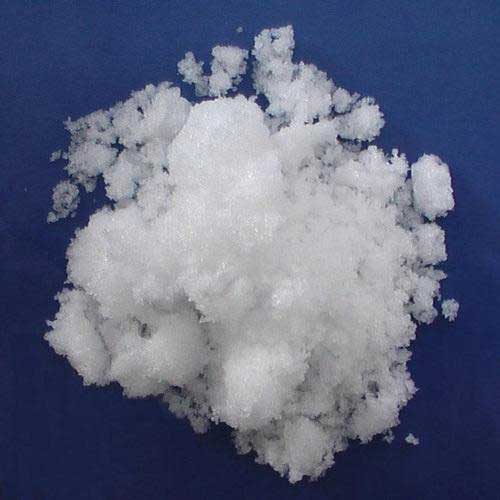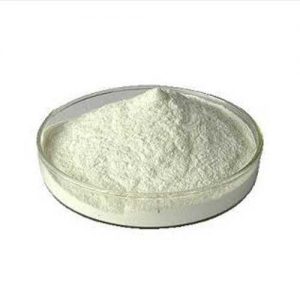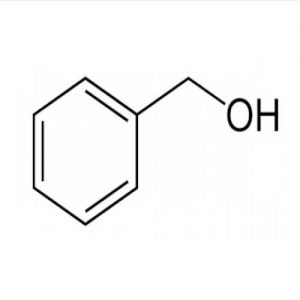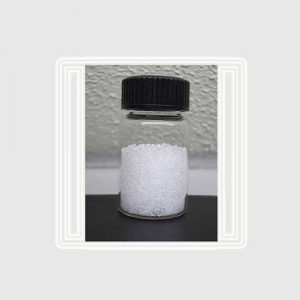- Have any questions?
- 91-22-23726950
- 91-22-23774610

Ammonium Bromide
May 7, 2019
Ammonium Chloride
May 7, 2019Ammonium Carbonate
Muby Chemicals established in the year 1976, is pioneer in Manufacturing Chemicals for Oil and Gas Exploration, Hydraulic Fracturing (Fracking) and coiled tube Chemicals.Our advanced chemistry leading to an innovative and high-performance product range is coupled with effective on and off site management services.
We are manufacturer of Specialty chemicals, Pharmaceutical Excipients, Fragrance & Flavorchemicals in India, which are of IP, BP, USP, Ph. Eur., FCC or Food Grade, ACS, AR or Analytical Reagent Grade, LR or Laboratory Reagent Grade, Pure and Technical Grades of various chemicals.
Ammonium carbonate is a salt that readily degrades to gaseous ammonia and carbon dioxide upon heating, it is used as a leavening agent and also as smelling salt. It is also known as baker’s ammonia and was a predecessor to the more modern leavening agents baking soda and baking powder. Ammonium carbonate decomposes at standard temperature and pressure through two pathways. It has a short shelf life.
Ammonium Carbonate USP
Carbonic acid, monoammonium salt, mixture with ammonium carbamate.
Monoammonium carbonate mixture with ammonium carbamate [8000-73-5].

Ammonium Carbonate consists of ammonium bicarbonate (NH 4HCO3) and ammonium carbamate (NH2COONH4) in varying proportions. It yields not less than 30.0 percent and not more than 34.0 percent of NH3.
Packaging and storage: Preserve in tight, light-resistant containers, at a temperature not above 30C.
Identification: When heated, it is volatilized without charring, and the vapor is alkaline to moistened litmus paper. A solution (1 in 20) effervesces with acids.
Residue on ignition: not more than 0.1%.
Chloride: Maximum 0.0035%.
Sulfate: A 2.0-g portion shows no more sulfate than corresponds to 0.10 mL of 0.020 N sulfuric acid (0.005%).
Heavy metals: the limit is 0.001%.
Assay: Place in a weighing bottle about 10 mL of water, tare the bottle and its contents, add about 2 g of Ammonium Carbonate, and weigh accurately. Transfer the contents of the bottle to a 250-mL flask, add 50.0 mL of 1 N sulfuric acid VS, and, when solution has been effected, add methyl orange, and titrate the excess acid with 1 N sodium hydroxide. Perform a blank determination. Each mL of 1 N sulfuric acid is equivalent to 17.03 mg of NH3.
Ammonium Carbonate FCC Food Grade
INS: 503(i); CAS: [10361-29-2]
DESCRIPTION
Ammonium Carbonate occurs as a white powder or as hard, white or translucent masses. It consists of ammonium bicarbonate (NH4HCO3) and ammonium carbamate (NH2·COONH4) in varying proportions. On exposure to air it becomes opaque and is finally converted into porous lumps or a white powder of ammonium bicarbonate because of the loss of ammonia and carbon dioxide. One gram dissolves slowly in about 4 mL of water. Its solutions are alkaline to litmus.
Function: Buffer; leavening agent; neutralizing agent.
REQUIREMENTS
Identification: When heated, a sample volatilizes without charring, and the vapor is alkaline to moistened litmus paper. A 1:20 aqueous solution effervesces when an acid is added.
Assay: Not less than 30.0% and not more than 34.0% of NH3.
Chloride: Not more than 0.003%.
Lead: Not more than 3 mg/kg.
Nonvolatile Residue: Not more than 0.05%.
Sulfur Compounds (as SO4): Not more than 0.005%.
Ammonium Carbonate ACS AR Analytical Reagent Grade
CAS Number 8000-73-5
NOTE. This product is a mixture of variable proportions of ammonium bicarbonate and ammonium carbamate.
REQUIREMENTS
| Assay | ≥30.0% NH3 |
MAXIMUM ALLOWABLE
| Insoluble matter | 0.005% |
| Nonvolatile matter | 0.01% |
| Chloride (Cl) | 5 ppm |
| Sulfur compounds (as SO4) | 0.002% |
| Heavy metals (as Pb) | 5 ppm |
| Iron (Fe) | 5 ppm |
For Original Monographs of IP Indian Pharmacopoeia BP British Pharmacopoeia USP US Pharmacopoeia FCC Food Grade product, please check with the respective web-pages or books.




